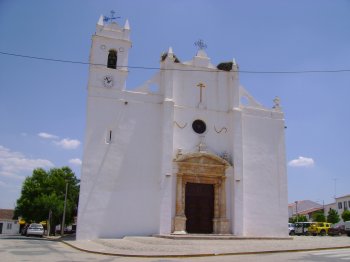Explore the best places
Monuments in Moura
Igreja e Convento de São Francisco
- heritage
Largo de São Francisco
7860-007, Moura
Temple that demonstrates various mannerist, baroque and rococo details. As an example, the portal-reredos on the front stands out, which dates back to the early Baroque era. In the Rococo style, the carved altarpieces of the second chapel on the Gospel side, the chapel on the Epistle side and the main chapel stand out.
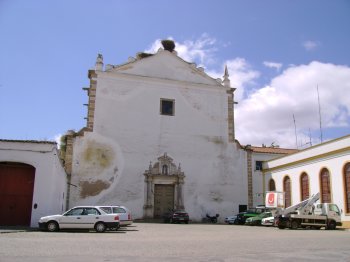
Lagar de Varas do Fojo (Museu do Azeite)
- heritage
Praça Sacadura Cabral, 25
7860-068, Moura
Rod and spindle oil press, with millstones suitable for animal traction.
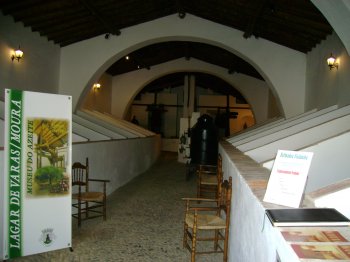
Mouraria de Moura
- heritage
Segunda Rua de Mouraria
7860, Moura
It is an urban set made up of three arteries, joined by a transversal one. In the square, the typical houses of Alentejo towns stand out (whitewashed with white lime and with cylindrical chimneys with a conical dome), preserving some examples associated with the Moorish style.
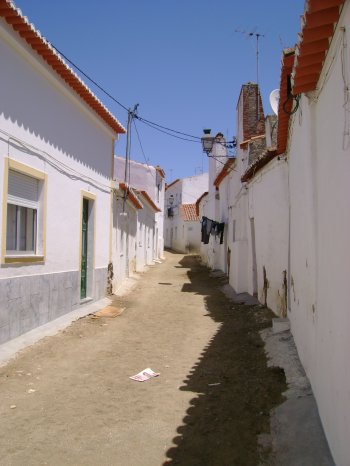
Convento do Carmo
- heritage
Avenida do Carmo
7860-195, Moura
The Carmo convent was the first of the Carmelite Order to be founded in Portugal, in 1251, by the knights of the Order of Malta. However, nothing remains of the original work, having been built again in the 16th century. It is one of the most significant monuments in Baixo Alentejo. It presents a harmonious set of Gothic and Renaissance elements, with special mention to the Renaissance portico, the vaulted chapels, the 18th century tiles and the cloister.

Igreja Paroquial de Santo Aleixo da Restauração
- heritage
Praça da Restauração
7875-150, Santo Aleixo da Restauração
The primitive temple was built in 1626. In 1644 it served as a refuge for the population during the Castilian offensive, and was then destroyed. Rebuilt in 1683, it was damaged again during the War of Succession. In 1733 it went from a structure with three naves to a single nave. The church, overlooking the village, has a facade with a niche and the bell tower.
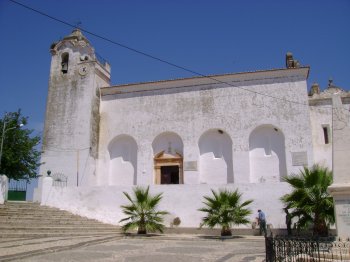
Castelo de Moura
- heritage
Calçada do Castelo
7860-009, Moura
Located on a limestone elevation, this castle has a keep dating from the time of Dom Dinis, which stands out for its volume. It was after the reconquest from the Moors that King Dinis had the castle completely remodeled, which had housed the Moors for 400 years. Later, King João I ordered the fortress to be expanded, but the War of Succession and the 1755 earthquake contributed to its state of ruin. On the southeast side there is an elbow-shaped entrance portal and a vaulted tunnel. Next to the castle there are ruins of the Convent of the Dominican Nuns …
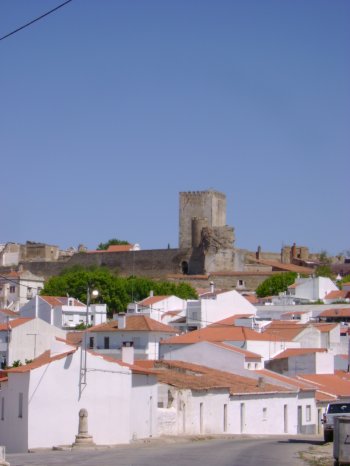
Igreja de São João Baptista / Igreja Matriz de Moura
- heritage
Praça Sacadura Cabral
7860-207, Moura
Manueline temple, built at the end of the 15th century, where the portals, 17th century tiles and stonework stand out. The unique aspect of this church is the existence of an outdoor altar, built in the 17th century.

Atalaia da Cabeça Magra
- heritage
EN258
7860-354, Moura
Also known simply as Atalaia Magra, it is a semi-ruined round watchtower, associated with the defense system centered on the castle of Moura and in visual connection with the watchtowers of Porto Mourão, Coutada and Alvarinho.
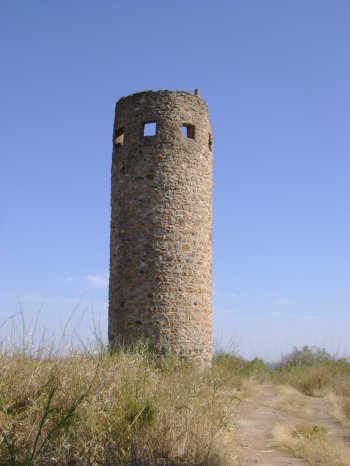
Capela de Santa Ana
- heritage
Rua da República
7875-058, Safara
Temple with small steeple. Features, inside, a simple altar.

Igreja Paroquial de Safara / Igreja de Nossa Senhora da Assunção
- heritage
Praça 25 de Abril
7875-053, Safara
Manueline and mannerist architecture Temple. In fact, its sacristy, which features a rib vault of warheads, is the example of Manueline architecture.
